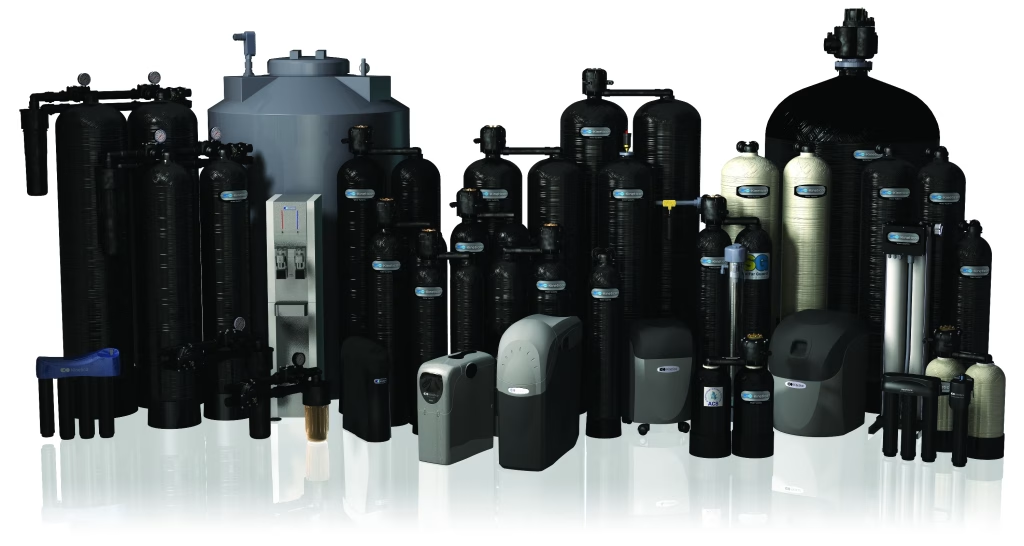
Tailored Kinetico® Solutions for Optimal Efficiency
Kinetico® water systems consistently set the standard in the industry, excelling in reliability, efficiency, durability, and safety across all their models. At Water Doctors, we harness these outstanding qualities to make tailored recommendations that perfectly align with your household’s unique needs. Our goal is to ensure you achieve optimal water softening performance while staying within your budget, without compromising on quality or effectiveness.
Water Softener Systems
After our experts test your water, they will tailor a solution to fit your needs.
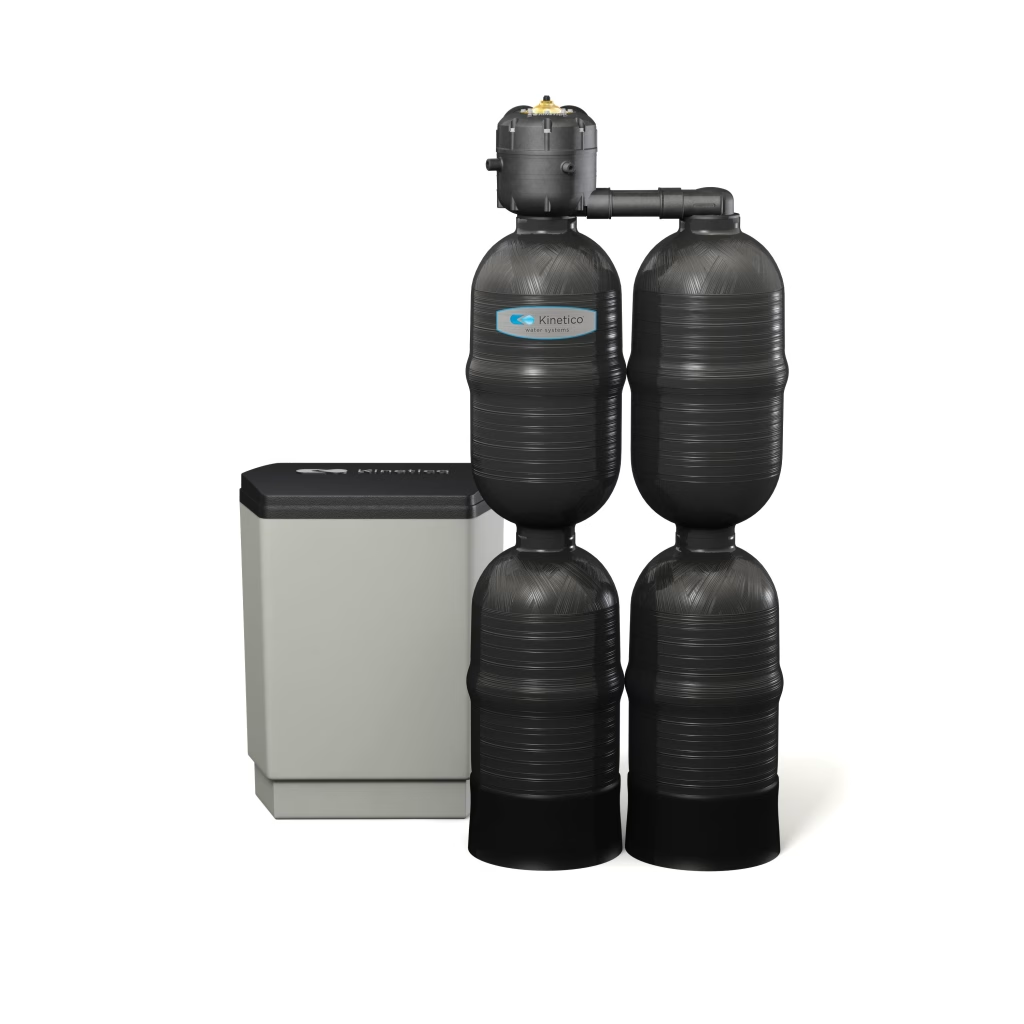
Kinetico® Premier Series™ Q850 XP OD
- Non-Electric Operation
- Efficient Hardness and Chlorine Removal
- Multi-Tank System
- OVERDRIVE Enhanced – all 4 tanks in operation simultaneously
- Works On Demand
- Precise External Meter Adjustment
- High Flow Rate
- Soft Water, Countercurrent Regeneration/Backwash
- Rapid Regeneration/Backwash Time
- Platinum 10 Year Warranty
- Made in the USA
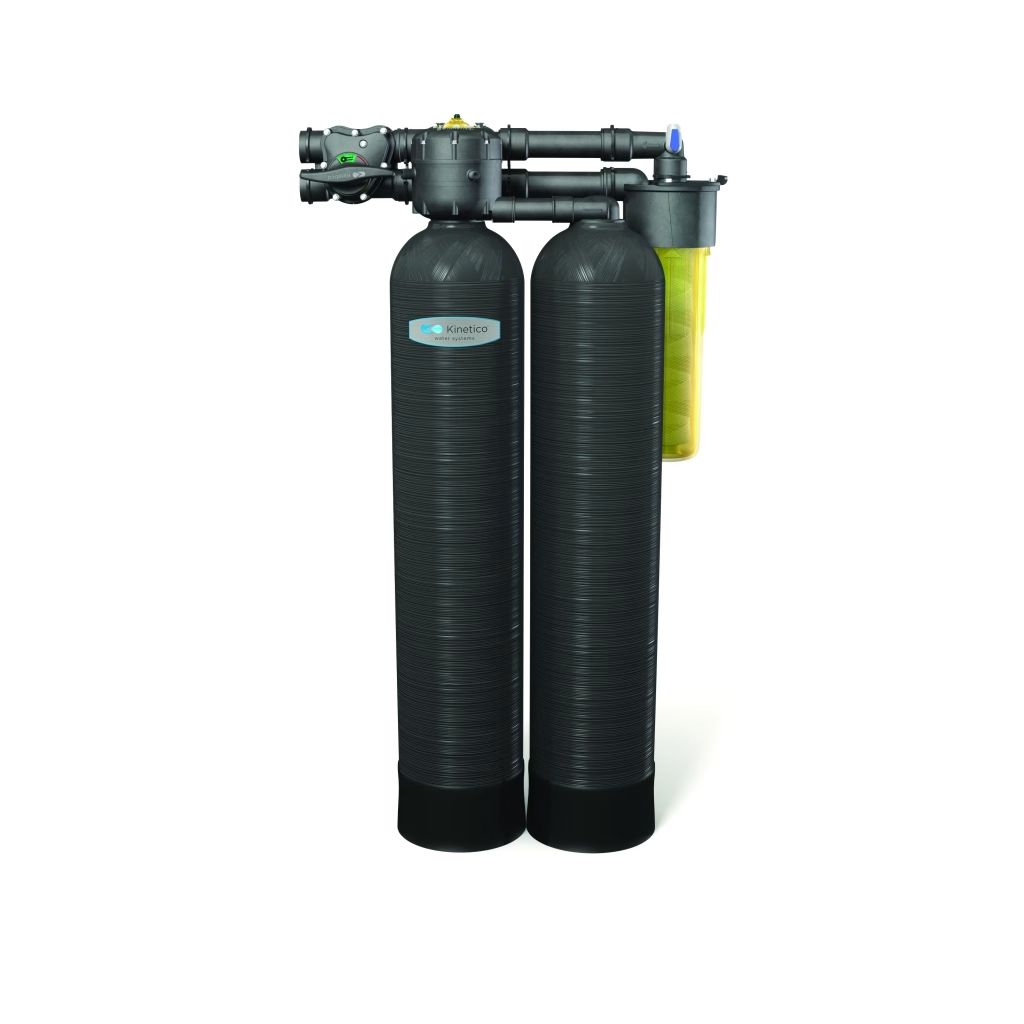
Kinetico® Premier Series™ XP S250
- Non-Electric Operation
- Efficient Hardness Removal
- Twin-Tank System
- Works On Demand
- Precise External Meter Adjustment
- High Flow Rate
- Soft Water, Countercurrent Regeneration/Backwash
- Effective Iron Removal
- High-Capacity Softening Resin
- Platinum 10 Year Warranty
- Made in the USA
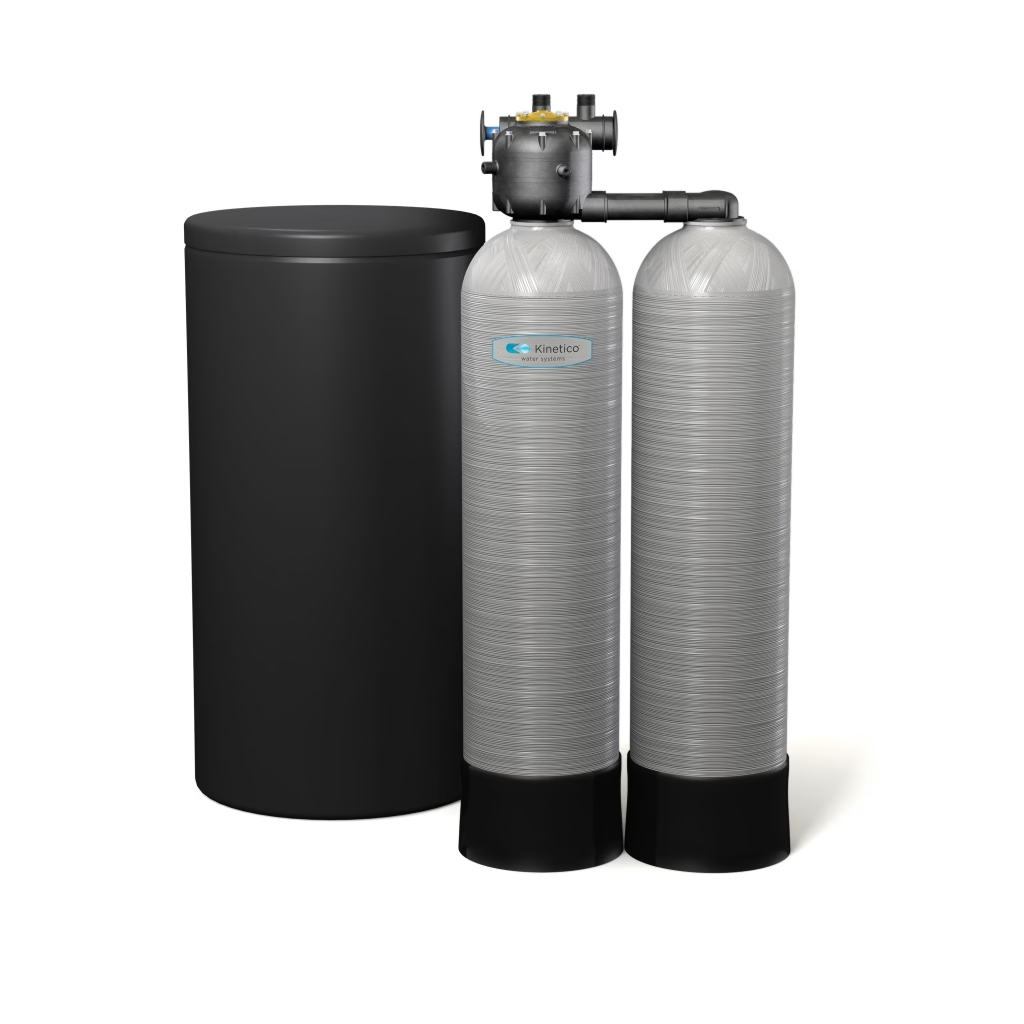
Kinetico® Signature™ 935
- Non-Electric Operation
- Efficient Hardness Removal
- Twin-Tank System
- Works On Demand
- SmartDisk™
- Soft Water, Countercurrent Regeneration/Backwash
- Effective Iron Removal
- 5 Year Limited Warranty
- Made in the USA
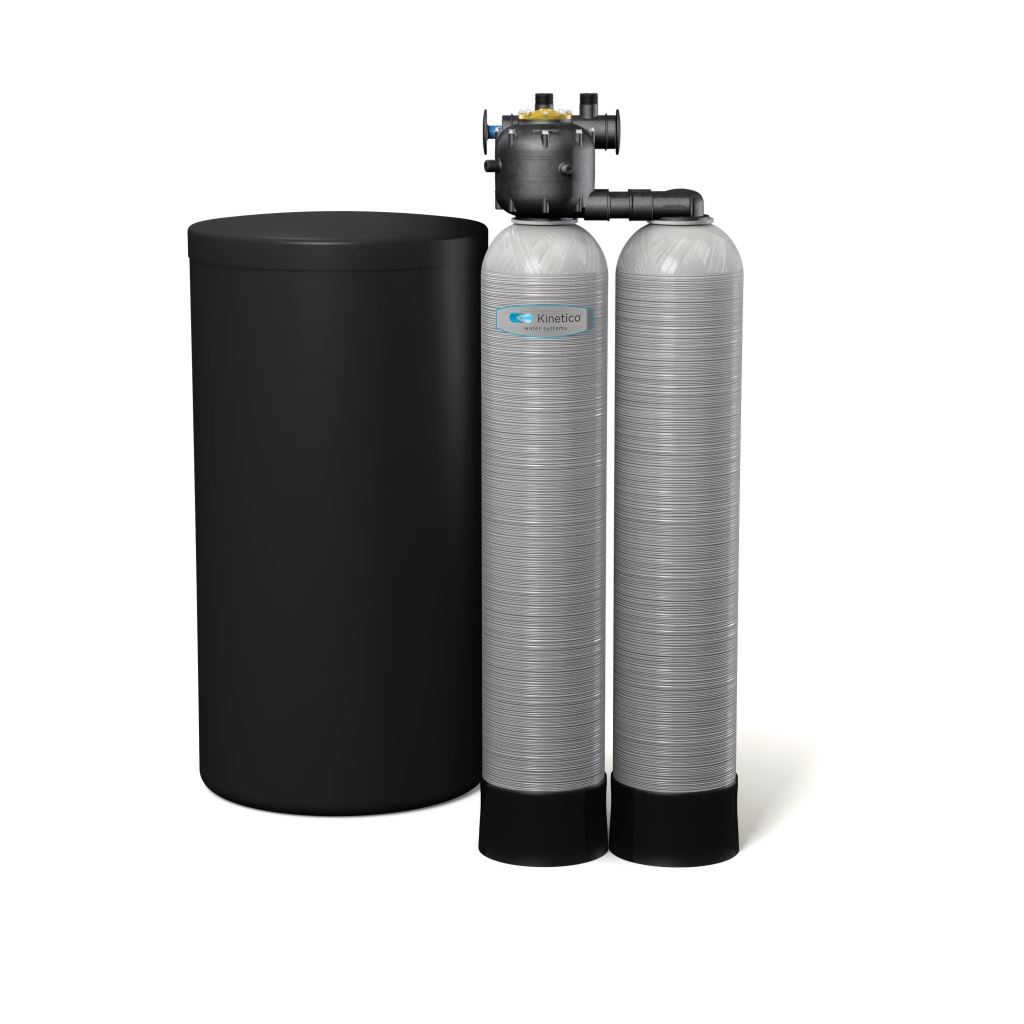
Kinetico® Signature™ 735
- Non-Electric Operation
- Efficient Hardness Removal
- Twin-Tank System
- Works On Demand
- SmartDisk™
- Soft Water, Countercurrent Regeneration/Backwash
- Effective Iron Removal
- 5 Year Limited Warranty
- Made in the USA
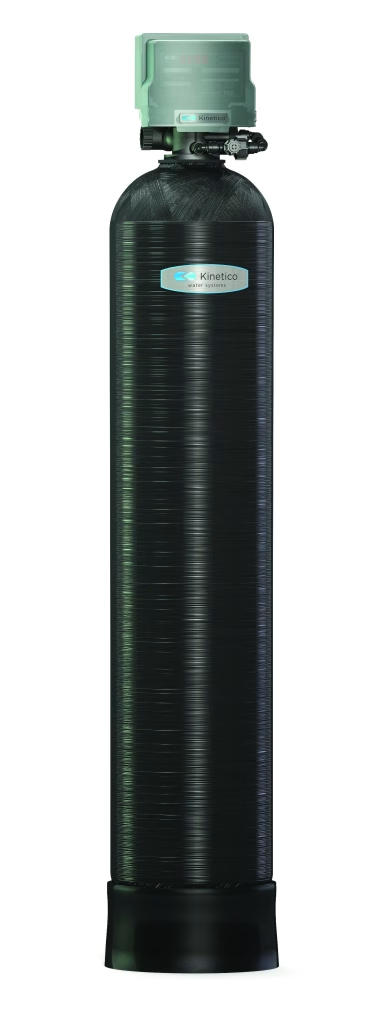
Kinetico® PowerlinePRO™ 1054S
- Durable Electric Control Valve
- Non-Corrosive Single-Tank System
- Metered, On-Demand Operation
- 5 Year Limited Warranty
- Made in the USA
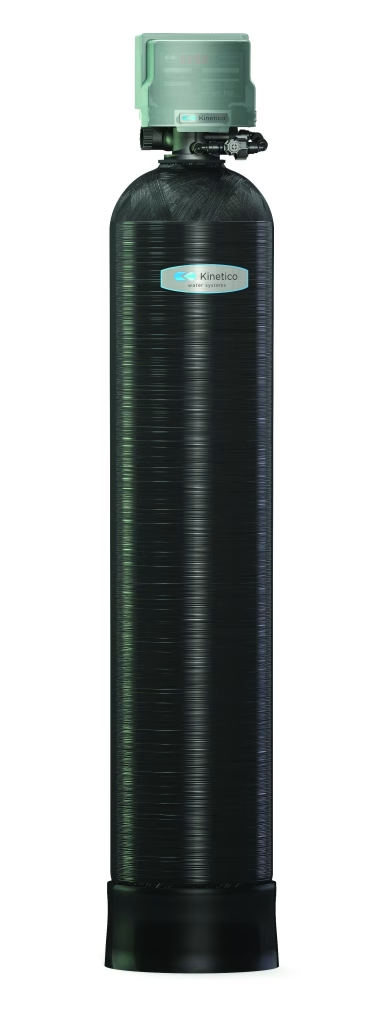
Kinetico® PowerlinePRO™ 1040S
- Durable Electric Control Valve
- Non-Corrosive Single-Tank System
- Metered, On-Demand Operation
- 5 Year Limited Warranty
- Made in the USA
Frequently Asked Questions
A water softener does not put salt into the water.
It merely exchanges calcium ions in the water for sodium or potassium ions. The amount of sodium or potassium coming through in soft tap water is extremely low. For example, in 10 grain hard water, the amount of sodium in an 8 ounce glass of soft water is typically equivalent to the sodium in one slice of white bread. Soft water, by dietary standards, would be considered a “low sodium” beverage. Consumers may use potassium as a regenerant if they prefer not to clean out the system with sodium. Be sure to check on the efficiency of the water softener before using potassium as it is higher priced and 25% less efficient than sodium as a regenerant.
Your city water supplier is not required to provide you with soft water. Many municipalities reduce the amount of hardness to some degree. But according to the U.S. Geological Survey, 85 percent of American homes are still supplied with hard water. Your city is required to provide you with water test results that show water hardness; just call the number on your water bill. Compare the figure they give you to the Water Quality Association hardness classification system to see if you have hard water.
Many people that use city water choose to soften it to save money on soaps and cleaners. This helps protect their plumbing systems and appliances from scale buildup, provide better water for bathing and eliminate hard water spots.
Water softeners improve the water we bathe in and clean with throughout the home. Softeners are not purifiers and will not reduce a wide range of potential contaminants. Many consumers want to purify their water for drinking, cooking, and ice cubes. Our drinking water systems provide high quality, chemical-free water right at the faucet.
What’s more important to you, the water that goes “on you” or the water that goes “in you?” Most people would answer that the water they consume is more important. That’s why most people that choose to purchase water treatment equipment further refine their drinking water with a separate system.
A water conditioner is typically placed at the point where the water enters the home so it can soften (remove dissolved hardness minerals from) all the water distributed throughout the house. That’s how a water conditioner protects your water heater, water-using appliances, plumbing, sinks, bathtubs, faucets, and other things.
A drinking water system normally services a special faucet at the kitchen sink and further treats (reduces a large number of dissolved solids in) only the water you use for drinking and food preparation. It would be a waste to refine all of the water used in the home to drinking water quality. Treating drinking water at the point of use reduces the cost of the system.
Combination systems that address both kinds of water treatment needs are available. They typically offer the two systems in one complete, compact package.
Over 85% of the United States has hard water. Since hardness is really dissolved rock, the average family of four will have more than 15 pounds of rock per year in their water for each grain of hardness.
These mineral deposits in your home from hard water can:
- Ruin water bearing appliances (cutting the life of washing machines, dishwashers, and hot water heaters by up to 50%)
- Increase energy costs for water heaters by 33%
- Destroy faucets and fixtures (costing hundreds of dollars to replace)
- Buildup scale on fixtures and shower doors
- Clog plumbing (re-piping your home costs thousands of dollars)
- Produce cloudy ice cubes
- Make unsightly rings in the toilet and bathtub (soap scum)
- Dry out skin and hair
- Leave spots and stains on dishes and silverware
- Turn white fabrics gray, fade colored laundry, and cause towels to feel hard and stiff
- Require additional cleaning time and the use of environmentally unfriendly cleaning products with phosphates/water softening agent
Pellet salt is the cleanest and will require the least cleaning for your brine tank. Solar salt is also a great option. We offer both, as well as pellet salt variety with extra iron protection for well owners. With our Salt Delivery Program or Aqua Care Club, you can have either style of salt delivered to your house, right down to your tank! We do NOT recommend using rock salt or large blocks for your softener.
Your softener’s bypass valve should be engaged before any plumbing work is done on your home. If this isn’t the case, debris can get into the line and stuck in the softener’s control head. This is possible for any brand of water softener. Try a manual regeneration, which could loosen the troublesome debris. If that doesn’t work, put the equipment in bypass and schedule a service visit.
When Daylight Saving Time arrives in spring and fall, it’s smart to check on your water softener’s clock to ensure that it’s set to the correct time. This not only makes the equipment “spring forward” or “fall back” with you but also helps you catch accidental changes due to power outages. If your single tank system has the wrong time, it might end up regenerating in the middle of your morning shower! To adjust your softener’s clock, check out your owner’s manual for instructions, or give us a call and we can walk through it together. Every softener is slightly different, so yours might use an app, a digital display, or even an analog clock to set the time. Or if it’s been a while since you’ve had your equipment serviced, schedule a visit from the Water Doctors team!
No. According to a report issued by the Water Quality Research Council, water softeners do not have any detrimental effect on septic systems and may actually enhance their performance in certain situations by encouraging the growth of additional bacteria.
In fact, the flow from the softener is typically less than the waste water discharged from an automatic washing machine. The studies credited the high levels of calcium and magnesium present (in the flow that results when the softener cleans itself) with improving soil percolation in many instances. These studies were conducted by scientists at the University of Wisconsin – Madison and the National Sanitation Foundation.
When you wash in soft water, you feel your skin the way it’s supposed to feel, clean and silky smooth. According to the U.C. Berkeley Wellness Letter, when you wash in hard water, the soap you’re using reacts with the hardness minerals in the water “to form an insoluble residue that’s difficult to wash away.” The “squeaky” feel/sound many people associate with being clean is, in fact, your skin sticking because of this residue. Soft water rinses your skin and hair better than hard water and doesn’t leave a soap or shampoo residue behind. People that use soft water consistently enjoy the “truly clean” feeling they get when washing with it.
No, soft water actually protects your plumbing and water using appliances. According to the US EPA’s Thomas J. Sorg, softened water does not increase lead and copper leaching in household plumbing systems. As long as your water has a neutral pH, softening it will not make it corrosive. Water that does not fall into the neutral range should be neutralized even if it is not being softened. If it isn’t neutralized, it will typically cause corrosion, whether it’s hard or soft.
Iron in your water is the most likely culprit. It stains faucets, sinks, bathtubs, countertops, appliances and even clothing. You can usually remove the iron with a home water conditioner.
In some instances, iron is present in such large amounts that a multi-stage filtration system is necessary to remove it. But don’t fret; your problem may appear worse than it really is. Iron in even small amounts can cause staining.
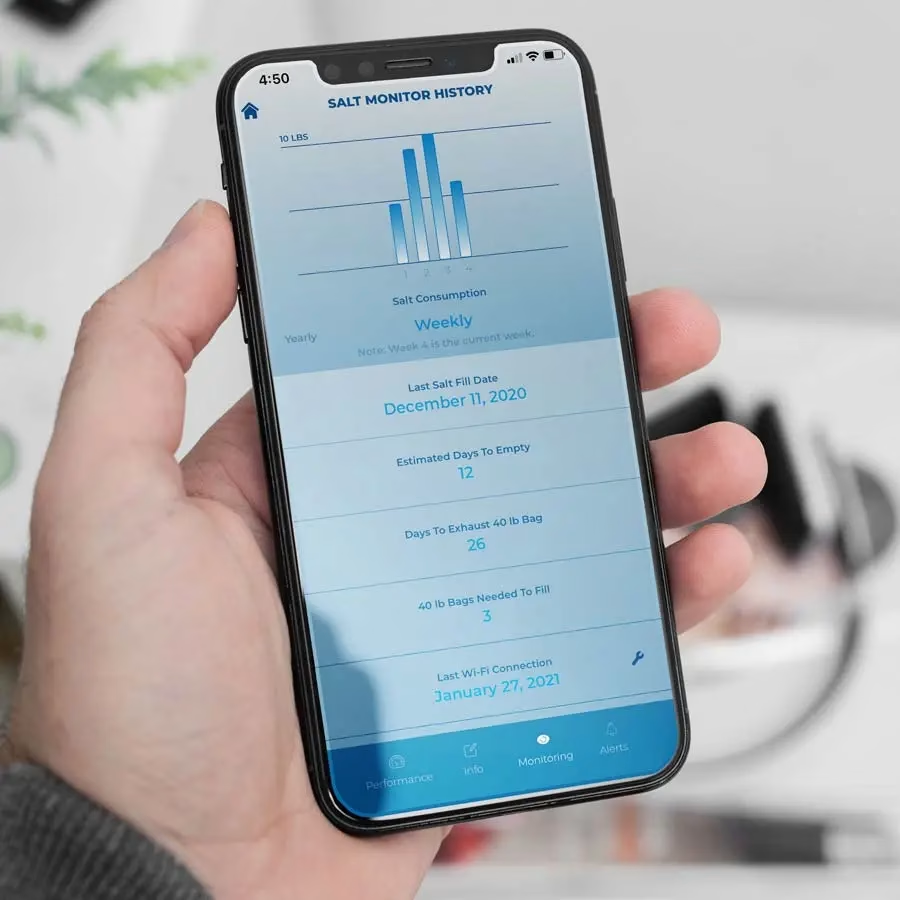
Kinetico Kinex™ Salt Monitoring
Simplify your life with the Kinetico Kinex salt monitor. The days of manually checking your salt levels are behind you. With help from the salt monitor and the Kinetico app, you will receive alerts conveniently on your smartphone.
- No guessing how much salt is in the tank
- No hard water because the salt ran out
- No stocking too much salt, just in case
- No manually checking your brine tank
Visit our office during normal hours to purchase a salt monitor or give us a call for more information.
Contact Us
Get in touch for expert advice and support!
Get a Free Water Test
Schedule a free consultation in your home or office with our team of experts today!
